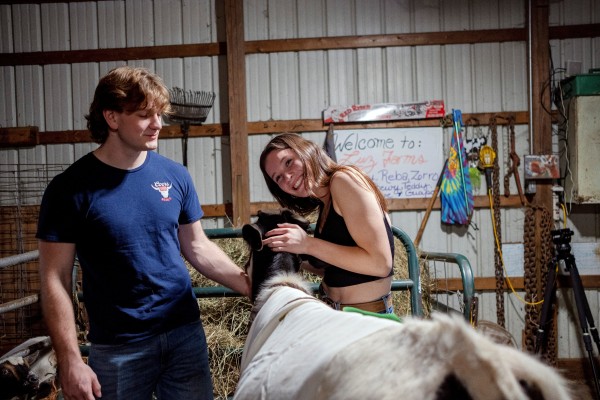CHICAGO: U.S. government officials have temporarily relaxed strict guidelines on how public health laboratories and healthcare facilities handle, store and transport H5N1 bird flu samples.
The revised guidance, which has not been previously reported, came at the request of the Association of Public Health Laboratories (APHL), which represents state and local labs that monitor and detect public health threats, according to interviews and correspondence seen by Reuters.
The H5N1 or Bird Flu virus has been detected among dairy cattle in nine U.S. states since late March. The threat to the general public is still considered low, although dairy workers have been instructed to take extra safety precautions.
Despite lessons learned from COVID-19, our federal agencies still aren't adequately addressing the emerging bird flu virus. We need a comprehensive, interagency effort to better understand this outbreak and take the action necessary to keep Americans safe. pic.twitter.com/ZXhH5qTBTS
— Senator Mitt Romney (@SenatorRomney) May 14, 2024
APHL Executive Director Scott Becker said his group made the request to prepare for the possibility that H5N1 avian influenza, or bird flu, acquires the ability to become easily transmitted among people.
The U.S. government strictly regulates the handling of so-called select agents, which include H5N1, Ebola, ricin and anthrax. All select agent material typically must be destroyed, decontaminated or transferred to a registered select agent facility within seven days of notification.
Under the exemption ordered by the U.S. Department of Agriculture’s (USDA) Animal and Plant Health Inspection Service, labs handling samples identified as highly pathogenic avian influenza have a month to perform many of those tasks, reducing the bureaucratic burden and allowing lab staff to focus on testing, Becker said.
The guidance changes, which took effect on May 3, modify requirements for handling H5N1 under federal select agent and toxin regulations for a period of 180 days. They apply to state and local government-run public health labs as well as labs that handle wastewater specimens, which are being used to help track the virus.
“This is one of those lessons learned from COVID,” Becker said, referring to pandemic preparedness plans set in place after the COVID-19 pandemic, during which labs were scrambling to respond after a disastrously slow start to testing.
“It’s getting into the psyche of the federal government that you need to really work through and think about reducing barriers.”
In its order, the USDA said it determined that the public health labs and facilities established good cause for exemption from certain requirements, noting that the exemption is “consistent with protecting animal health and animal health products.”
Safely handling dangerous pathogens presents a dual challenge for regulators, who want to respond to emerging outbreaks while preventing the accidental spread of a deadly disease and avert any deliberate attempts to use the pathogen as a bioweapon.
Ewa King, former director of the State of Rhode Island’s public health lab who now oversees infectious diseases and other public health programs at the APHL, said the request was designed to cut bureaucracy and make the best use of laboratory resources in the event of an outbreak in people.
“If we had to be filling out these forms, we would be slowing down the testing, because there’s only so many people that we have to dedicate to these tasks,” she said.
Scientists have said they believe the outbreak is more widespread based on U.S. Food and Drug Administration findings of H5N1 virus particles in about 20% of retail milk samples.
According to the World Health Organization, the virus historically has a 50% fatality rate in humans. So far, only one dairy farm worker has tested positive for the virus and developed conjunctivitis, or pink eye. That person has since recovered.
The virus has killed millions of wild birds globally, forced the culling of domestic flocks and infected several species of mammals.
On Friday, the Biden administration said it will provide nearly $200 million to fight the spread of the virus among dairy cows in an effort to contain outbreaks that have raised concerns about human H5N1 infections.
(REUTERS)
















